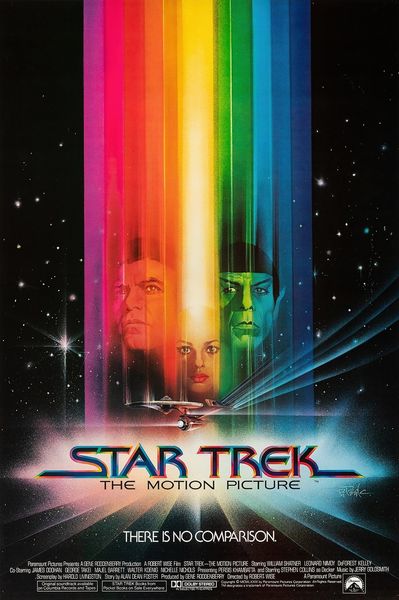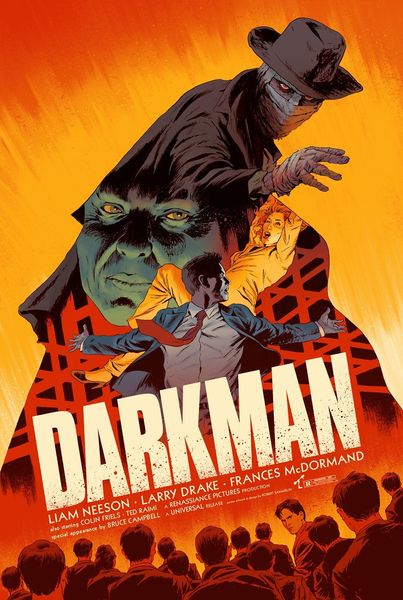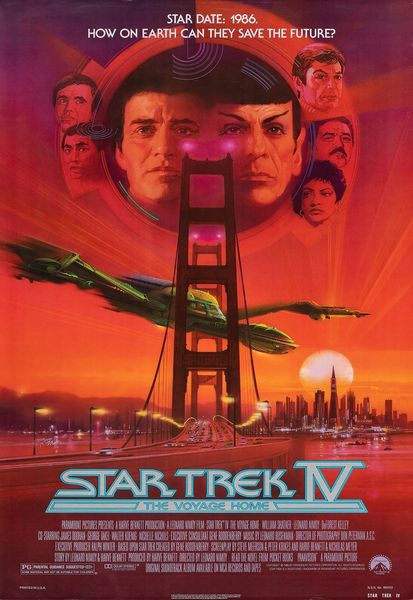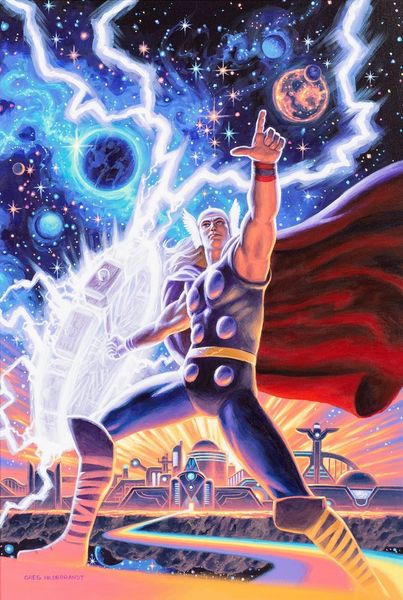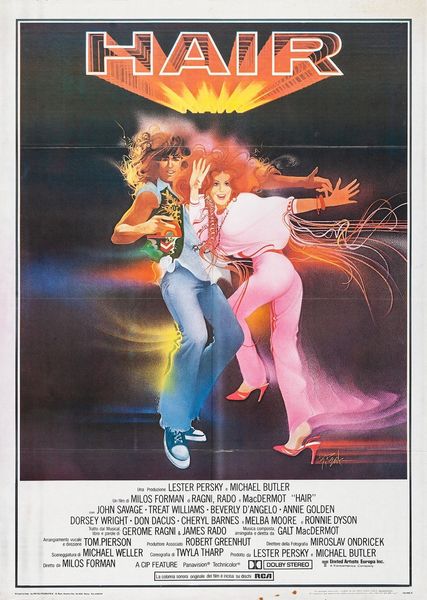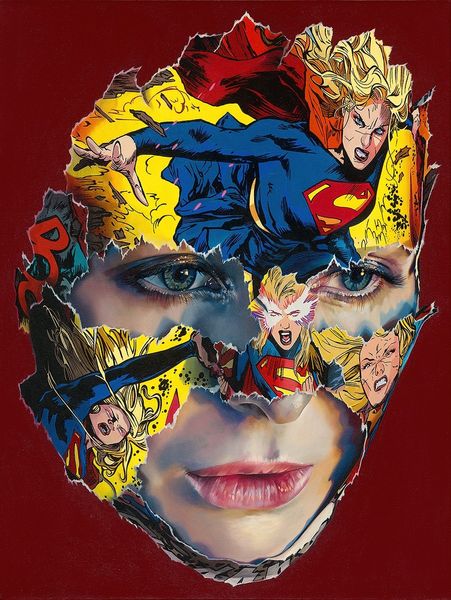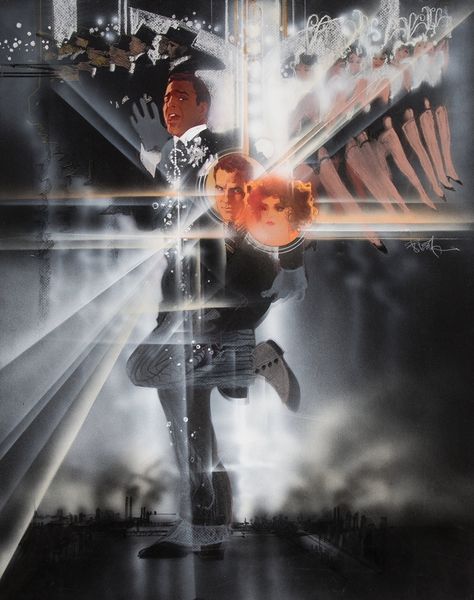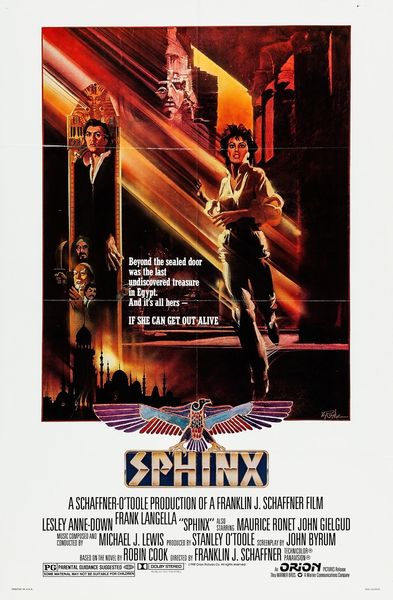
Copyright: Modern Artists: Artvee
Editor: Here we have Robert Peak’s poster for "Superman the Movie," released in 1978. The chrome ‘S’ shield stands out, seemingly bursting through a dramatic sky filled with clouds and dynamic rays of light. What strikes me is how this one image encapsulates the entire feeling of a superhero ascending. How do you interpret the cultural significance of this poster? Curator: This poster, and the film itself, arrived at a crucial moment. Think of the late 70s; a period marked by economic uncertainty and social anxieties. The resurgence of the superhero, particularly Superman, offered a potent dose of escapism and a yearning for a simpler moral order. This wasn't just about entertainment, but about cultural anxieties and projected desires onto an idealized figure. Editor: So the poster becomes a kind of propaganda for this renewed faith in heroes? Curator: Precisely. Peak’s design amplifies this. The landscape references classic heroic landscapes. The shiny S promises innovation and change but packaged with very clear branding and marketing aspirations. Consider also, what does the phrase “You’ll believe a man can fly” represent for an audience? Is it just about Superman, or also a wider invitation to a transformative cinema experience? Editor: That’s a fascinating point, especially given the film’s groundbreaking special effects for the time. Curator: And it cemented Superman’s place as a pop culture icon for generations to come. Understanding how such images resonate so strongly reflects the socio-political climates they both inhabit and try to overcome. Editor: This has really changed how I see the poster; more than just advertising. It's a piece of social commentary. Curator: It speaks volumes about our collective hopes and fantasies during that period. It makes me curious how today’s superhero images perform a similar function.
Comments
No comments
Be the first to comment and join the conversation on the ultimate creative platform.
